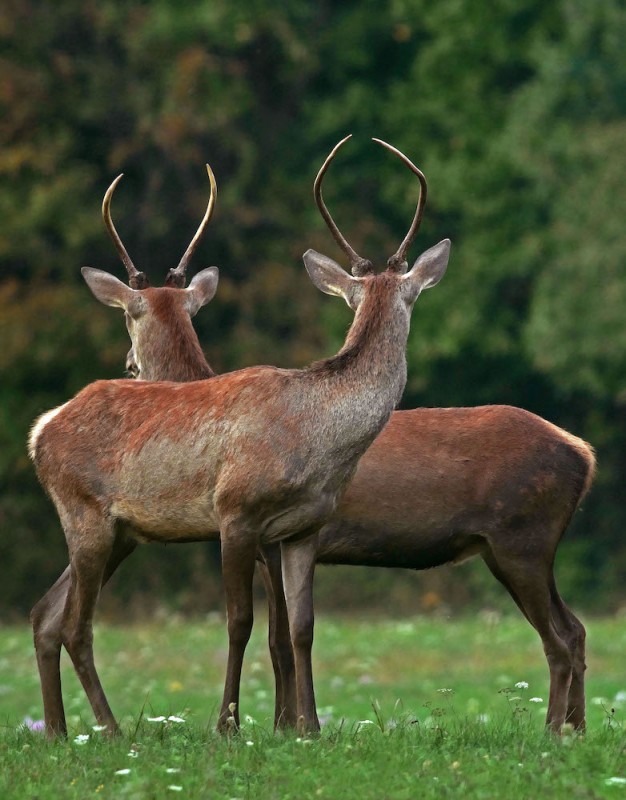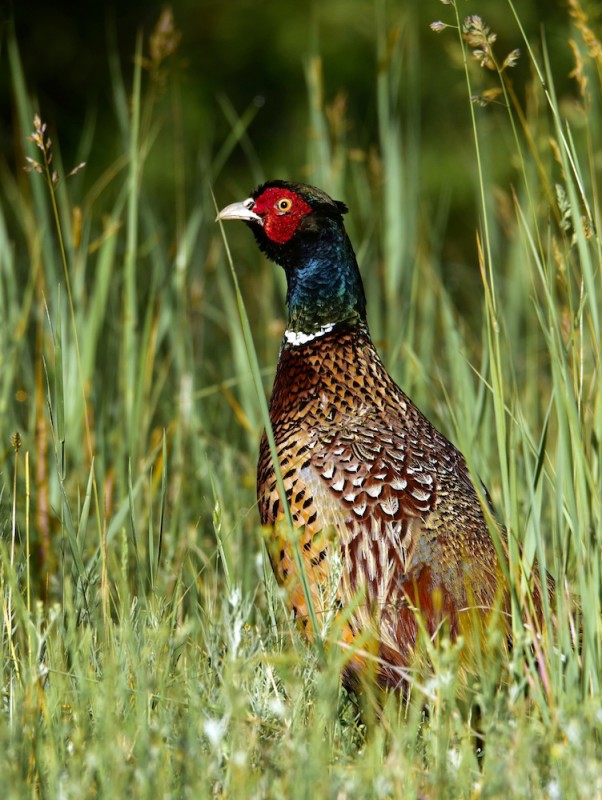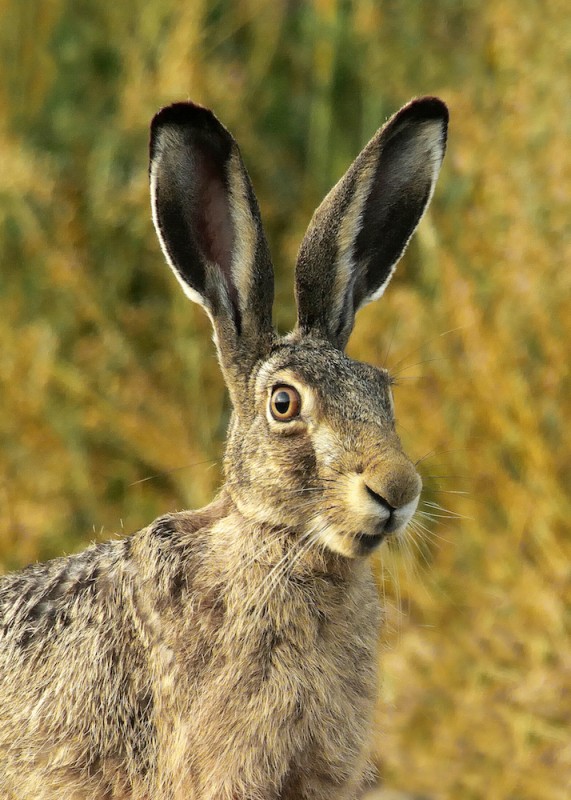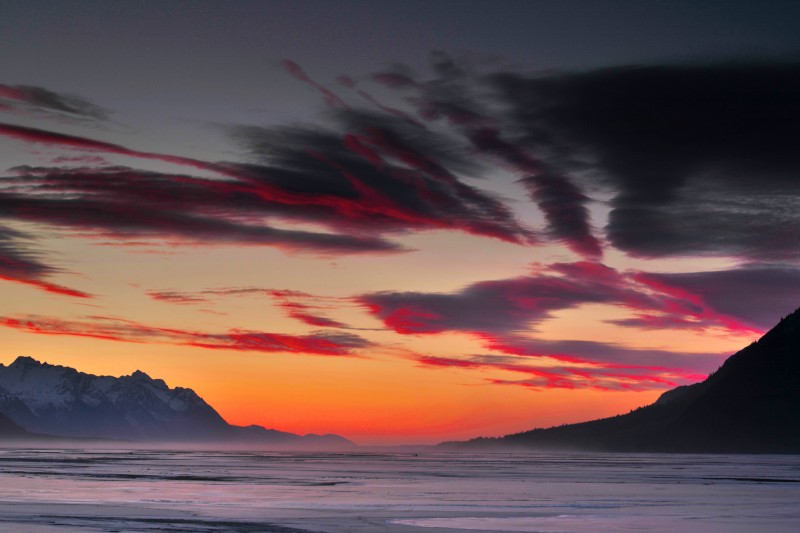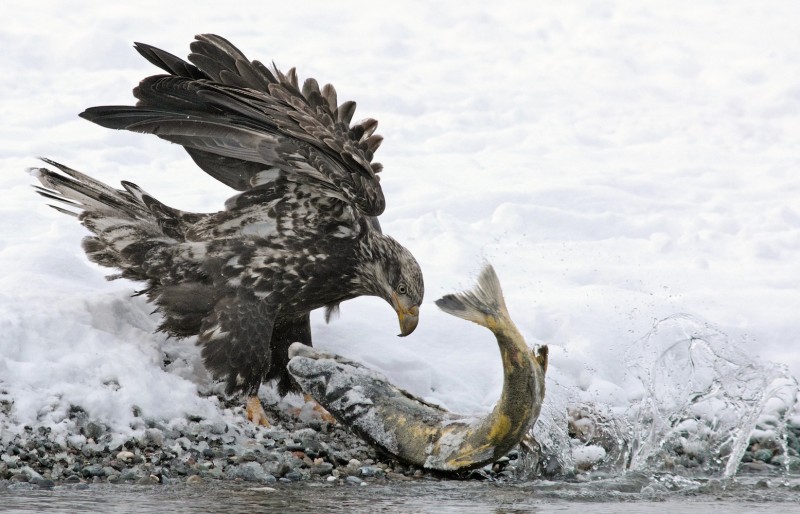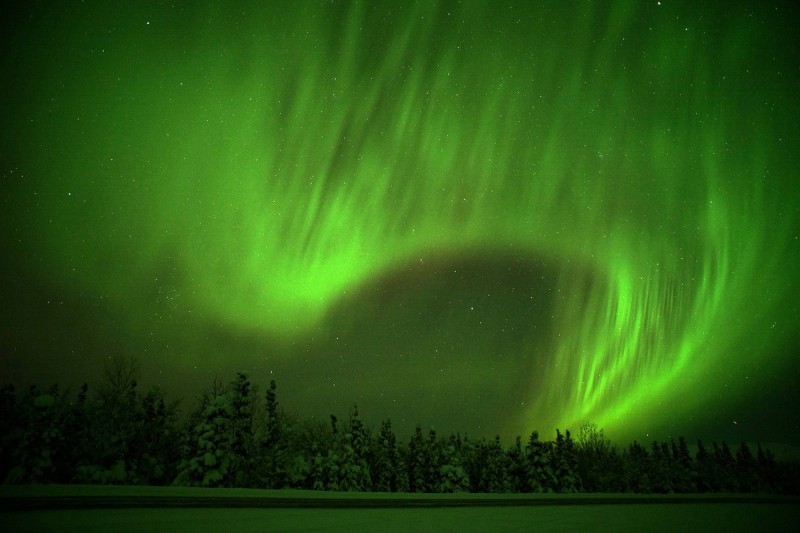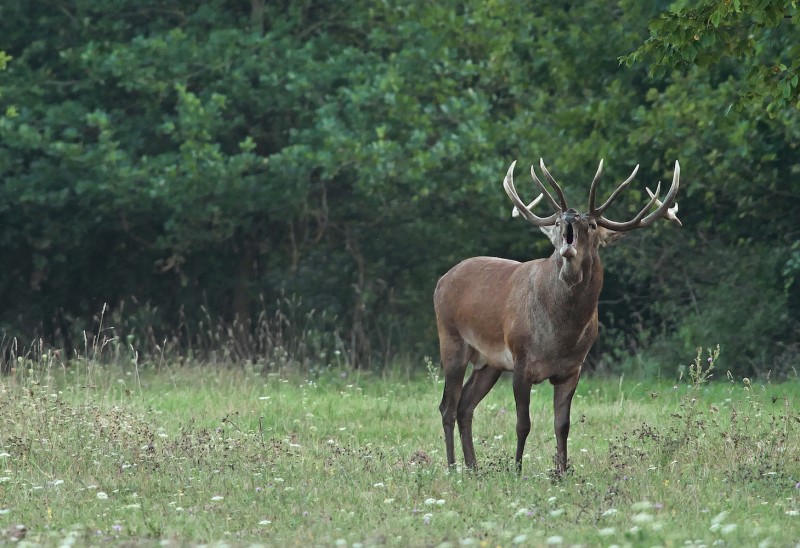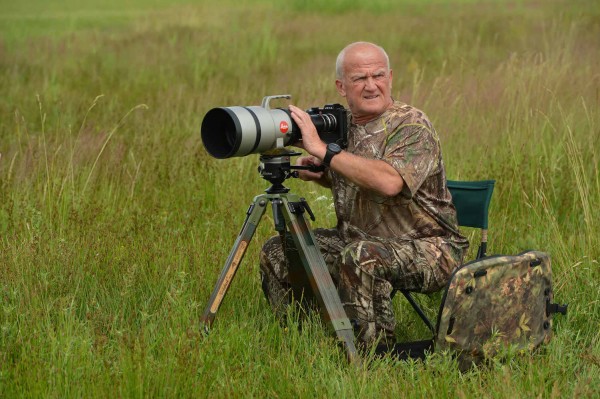Wild Life
Wild Life
Franz Bagyi
April 16, 2018
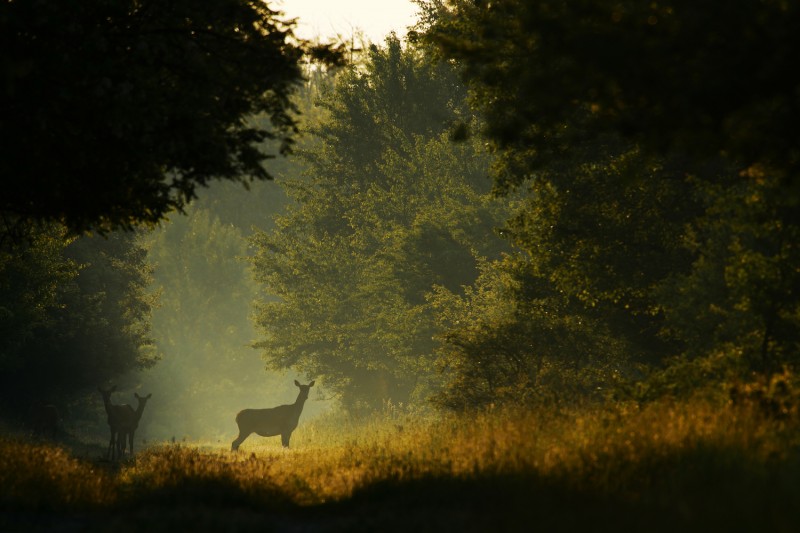
Wild animals and birds of prey are his favourite motifs; and camouflage clothing is his favourite outfit: white in winter, green in spring, orange in summer; Bagyi tries to adapt to the seasons and become virtually invisible. “Animals aren’t stupid, so you shouldn’t underestimate them,” he says. “For them, it is always a question of life and death; they don’t know that you might be approaching them with peaceful intent.”
What Bagyi, who is of German origin but born in Hungary, likes best of all is the waiting. Sometimes it is like ‘waiting for Godot’, endless and unfulfilled. A smile at the beginning of a photo session can often turn into a grim expression. With photography, success and failure lie side by side, like brother and sister. “You can’t photograph animals unless you’re ready to sit for ages,” Bagyi says with conviction.
He considers idealism as the basis for his patience: the content of his work is important, the experience before the picture. The photo is just the final outcome: a hunting, white-tailed eagle; a bellowing stag; an alert hare. Bagyi’s nature images document animal behaviour, often appearing brutal and incredibly close up. The photographer owns an 800mm Leica telephoto, which allows him to reveal things that would otherwise remain hidden.
Franz Bagyi+-
Once a Leica, always a Leica: Franz Bagyi bought his first Leica on November 4, 1986, an R4S with a Summilux 1.4/50mm. Since then he remains in close touch with the Leica Academy, where he was a member and still works as an instructor. He worked as a reproduction photographer and photo journalist for many years. Today he works freelance for numerous hunting magazines in German-speaking countries. More

